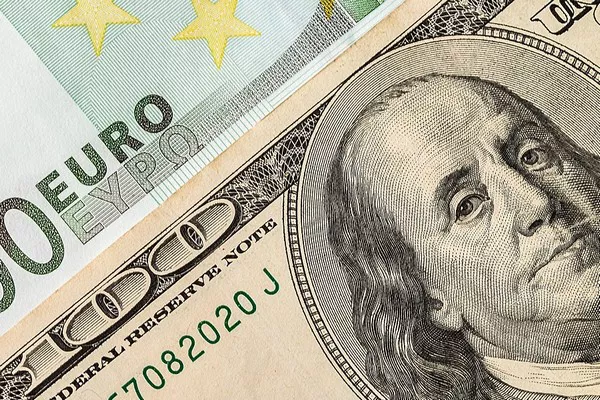In early European trade on Thursday, the U.S. dollar approached four-month lows after the Federal Reserve hinted at potential rate cuts next year. The Dollar Index, tracking the greenback against a basket of currencies, traded 0.3% lower at 102.200, its lowest level since mid-August.
The Federal Reserve’s decision to maintain interest rates, as anticipated, was coupled with economic projections indicating the conclusion of its extended hiking cycle and the prospect of lower borrowing costs in 2024. Fed Chair Jerome Powell further fueled rate cut expectations, mentioning that a discussion on reducing borrowing costs is “coming into view.”
Analysts at ING noted, “In a somewhat surprising move, the Fed has acknowledged recent disinflation trends and poured gasoline on the fire of easing expectations for 2024.”
Market sentiment has shifted, with a 75% chance of a rate cut in March, according to the CME FedWatch tool, compared to 54% just a week earlier.
Attention now turns to Europe, where rate decisions from the European Central Bank (ECB) and the Bank of England (BOE) are expected later in the day. Both the EUR/USD and GBP/USD pairs rose in anticipation, with the ECB and BOE likely to maintain unchanged interest rates due to inflation staying above target.
ING analysts highlighted the focus on how effectively the ECB and BOE counter easing expectations for the next year, stating that success in doing so would strengthen the euro and the pound.
The Norges Bank is seen as the sole candidate for a potential rate increase, while there is a risk that the Swiss National Bank (SNB) may reduce its support for the Swiss franc in currency markets.
In Asia, the Japanese yen surged, causing USD/JPY to trade 0.8% lower at 141.69. Investors are eagerly awaiting the Bank of Japan’s meeting next week for further insights into monetary policy, although the BOJ is widely expected to maintain its ultra-dovish stance.
USD/CNY traded 0.5% lower at 7.1353 as the yuan approached a four-month high, tempered by persistent concerns over the Chinese economy. Economic cues on China, including industrial production and retail sales data scheduled for Friday, are anticipated after disappointing readings for November.
Other currency movements saw AUD/USD rise 0.5% to 0.6694, not far from a four-month high, following robust employment data. Similarly, NZD/USD rose 0.3% to 0.6194, despite unexpected contraction in the New Zealand economy during the third quarter.


